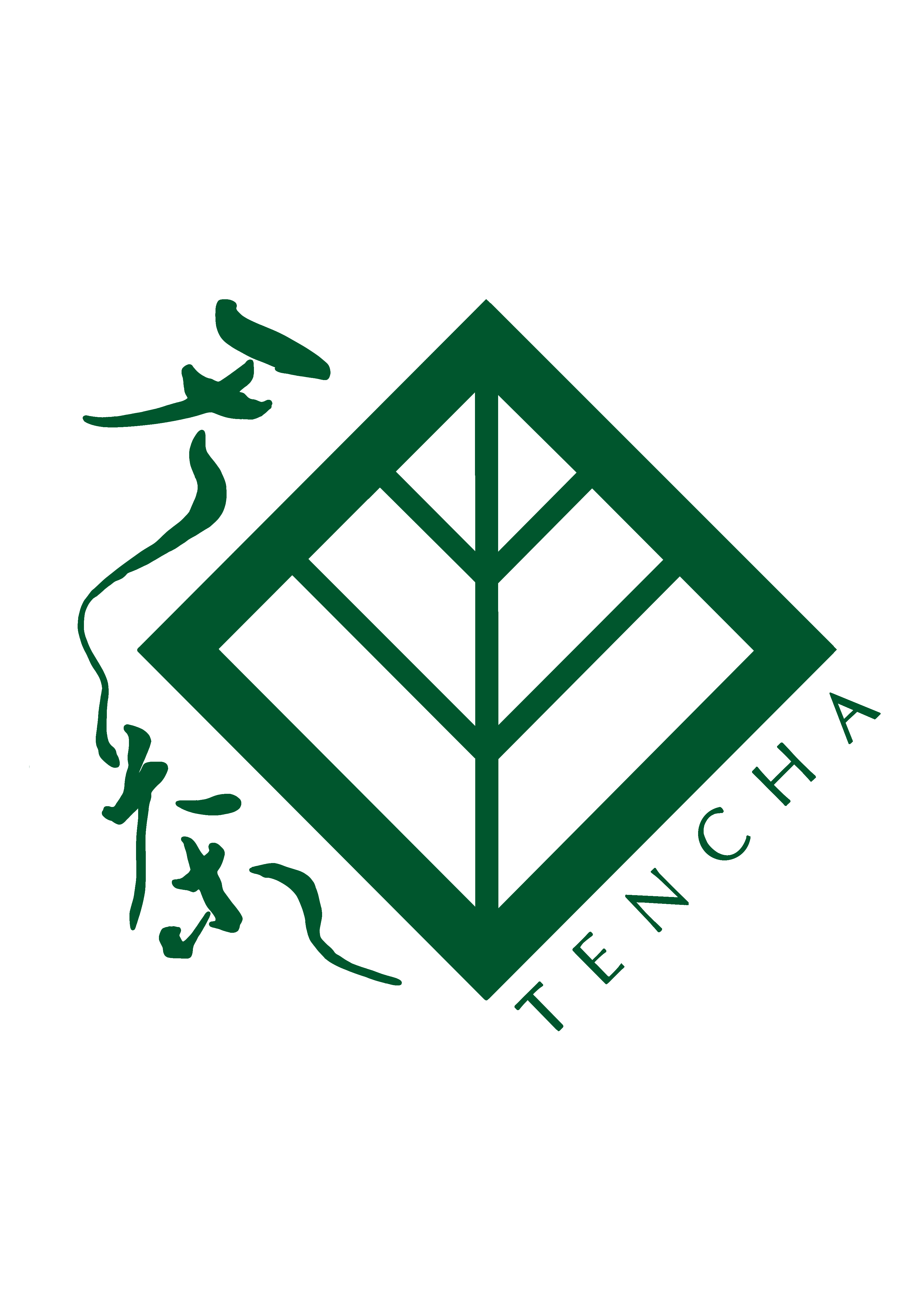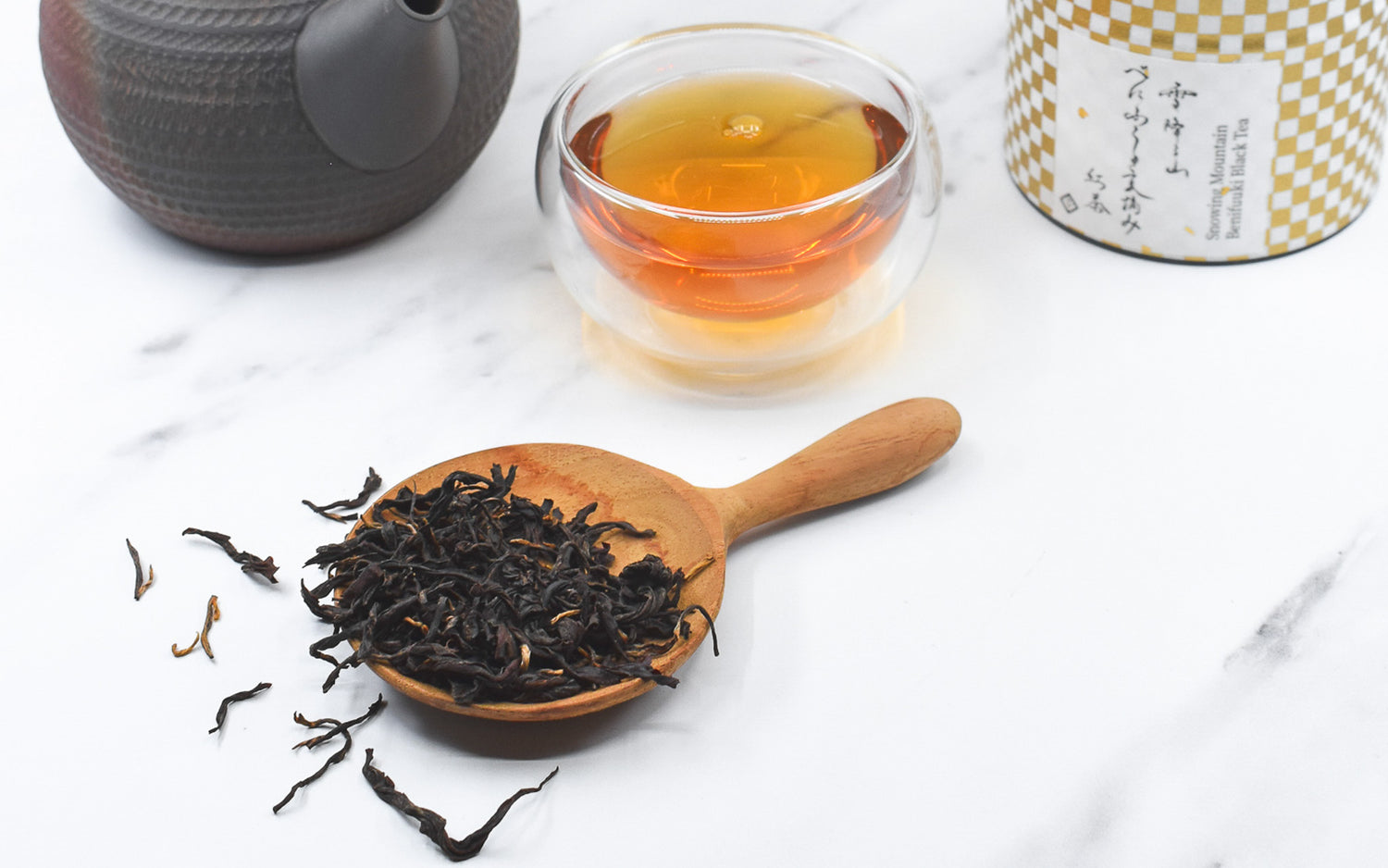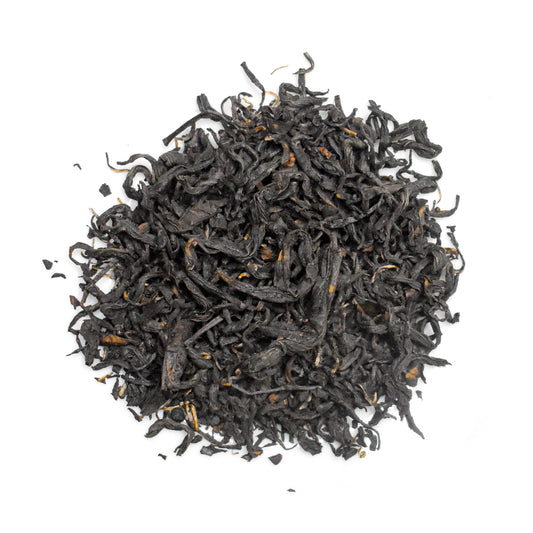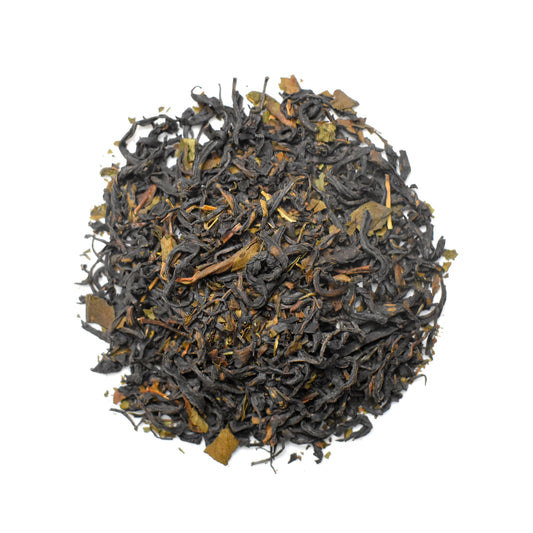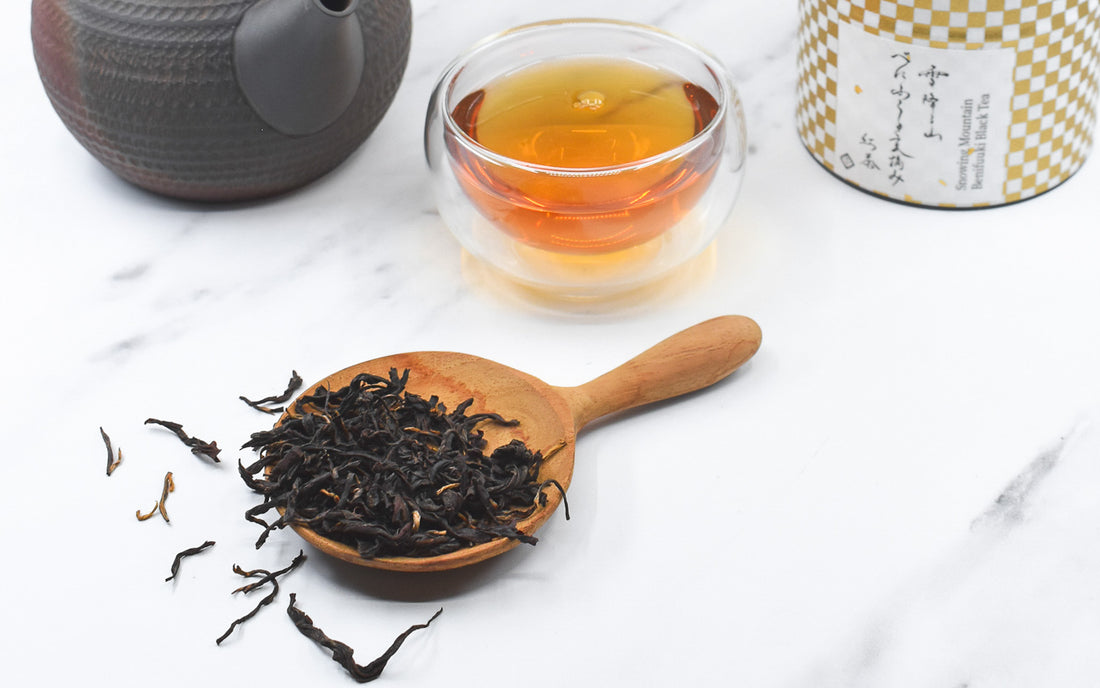

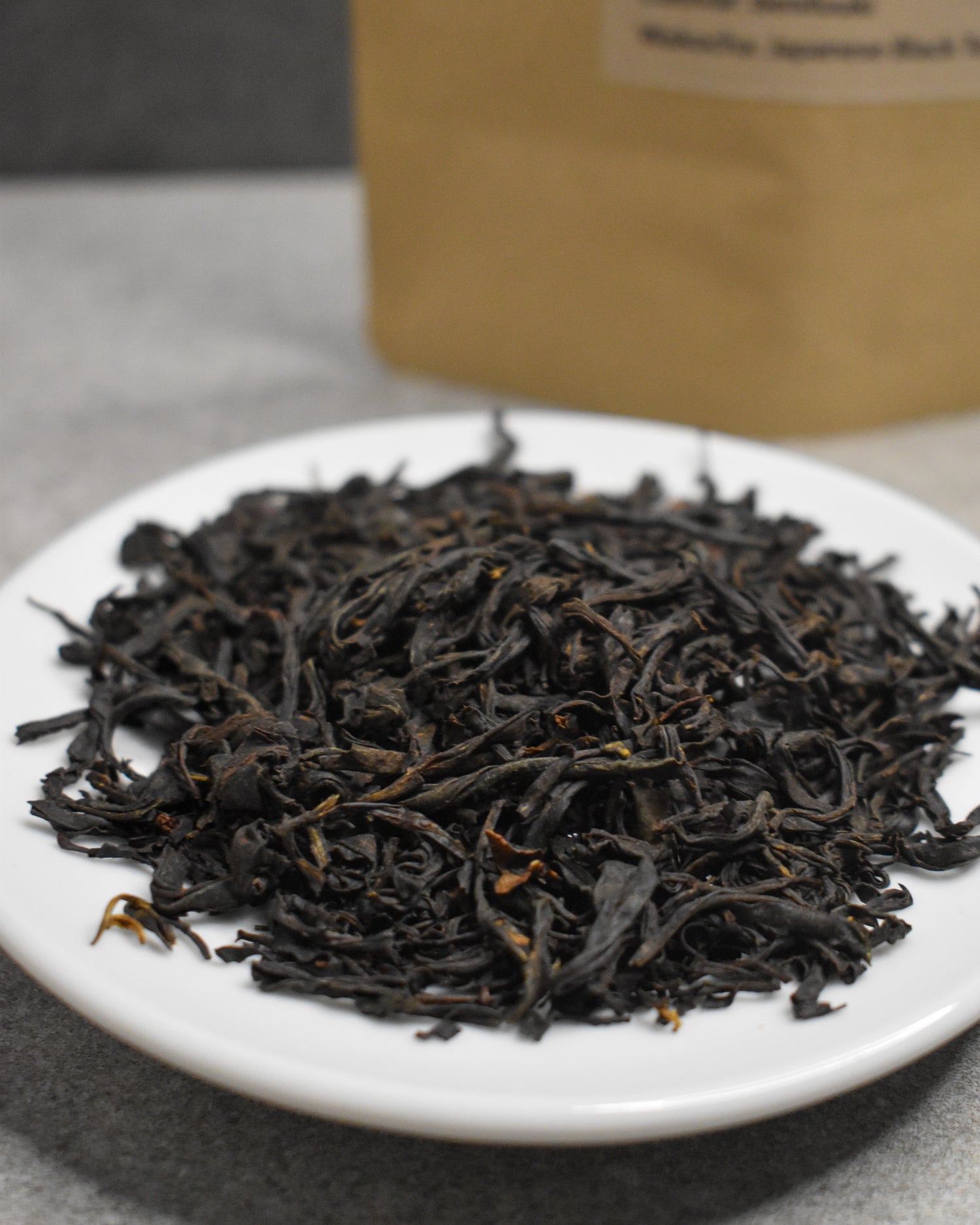
What is the difference between Wakocha and black teas produced elsewhere in the world?
In many of the major black tea producing areas of the world farmers typically create their black teas using the Camellia Sinensis Assamica genus of the tea plant which has higher levels of tannin and astringency that create strong and robust flavours that are suitable for mixing with milk or sugar.
Most Japanese tea farmers however create their black teas from the same plants they use to make their green teas. These cultivars usually stem from the Camelia Sinensis Sinensis variety of the tea plant. The result is that the black tea created in Japan has much fewer tannins and astringency with delicate, fragrant aromas and light mouthfeel.
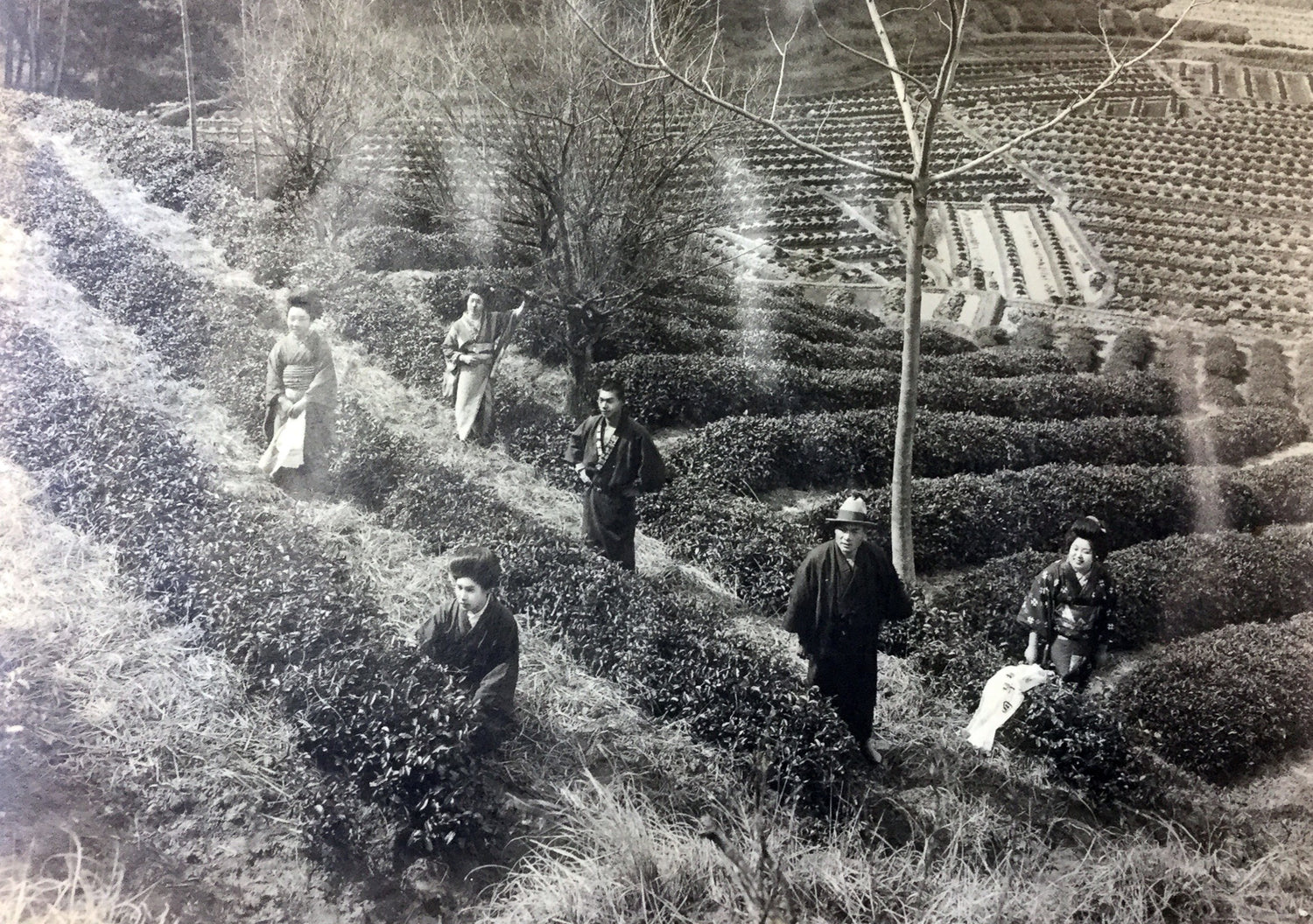
Black Tea History in Japan:
Black tea was first produced in Japan during the Meiji Restoration around 150 years ago when Japan opened it’s doors to international trade.
The opening of trade meant that new techniques in production were developed meet the demands of both popular flavours in foreign lands and to also to address the issues of storage on long voyages.
This high demand did not last into the 20th Century when exports dwindled as a result of the World Wars. The domestic Japanese palate prefers umami rich green teas and so most black tea production ceased to exist.
Now black tea is once again becoming popular and today we see more and more tea farmers venturing into the world of black tea production once again.
How is wakocha processed?
Black tea can be produced from any season, spring through to winter from many cultivars. The processing however, is very different to other Japanese teas that are harvested and then immediately steamed or pan fired to prevent oxidation. In black tea production the aim is to fully oxidise the tea to bring out different flavours profiles from the green counterpart.
-
Harvest & Withering
To create wakocha the leaves are harvested and layed out on sheets and allowed to wither. This process usually takes around 16 hours. The withering helps to soften the leaves and bring out the fragrance of the tea cultivar before being fully oxidised.
-
Kneading & Rolling
Once withered the leaves are soft enough to be kneaded and rolled without breaking. This process speeds up the oxidation before they are dried and stored.
-
Sorting & Second Rolling
The leaves will then be sorted and filtered to stop them clumping together as well as removing smaller leaf fragments before they go through a second round of kneading
-
Drying
After rolling the tea leaves are left to fully oxidise. The oxidation process changes the leaves colour bringing on the characteristic reddish brown appearance.
The leaves are then left to mature. Unlike many green teas, black teas improve with age. The ageing helps to mellow out astringency and develop the characteristic flavours within the tea.
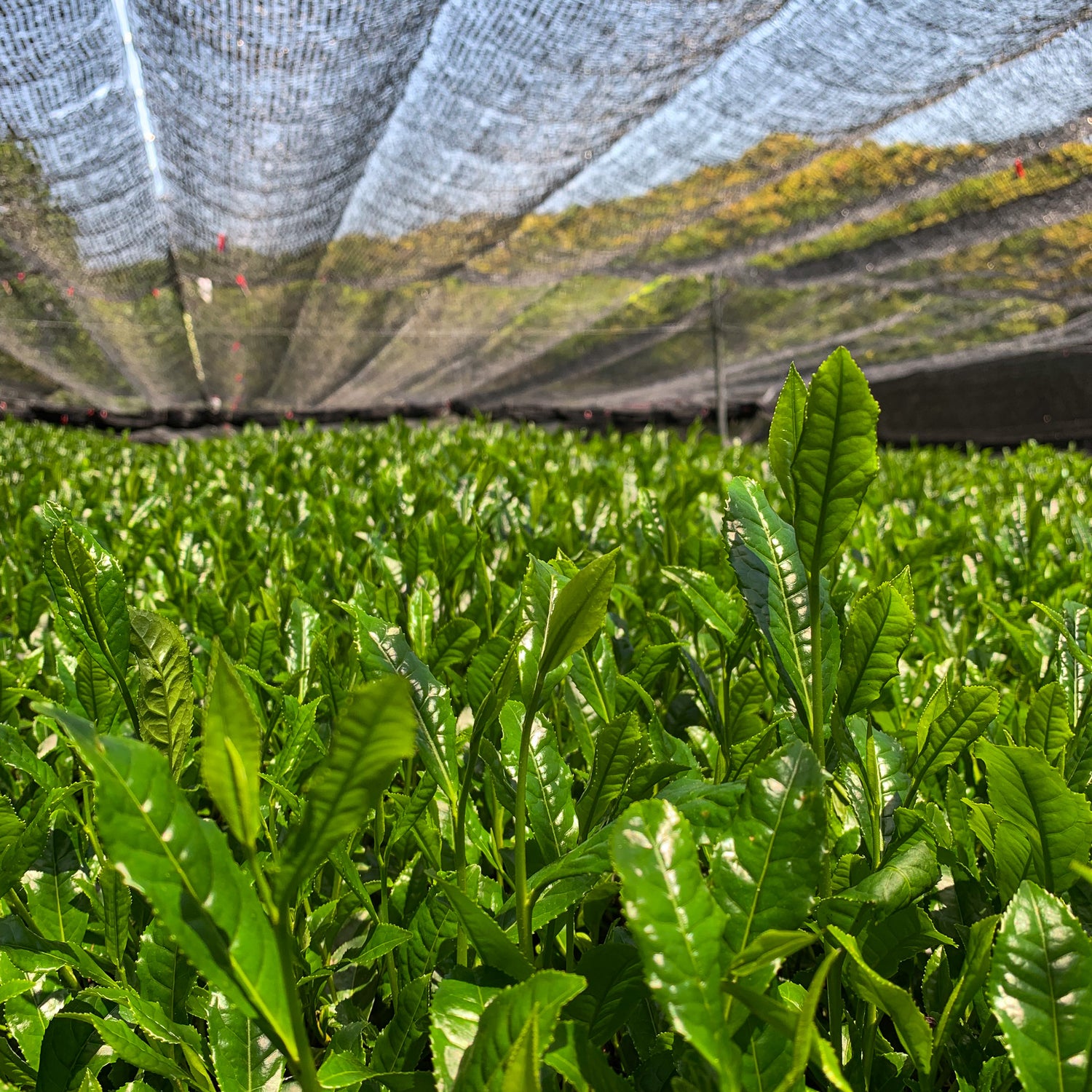
What are Cultivars?
Cultivars are “cultivated varieties” of the tea plant. These cultivars have been crafted by humans to make the most favourable plants that can grow in various types of terrain, weather and temperature conditions. Once an ideal plant is established this becomes the mother plant that many cuttings are taken from, creating new genetically identical plants that can be grown in various different locations.
By growing tea from a specific cultivar such as “yabukita” or “okumidori” the farmer has a certain amount of security that this type of plant can grow well in their specific terroir.
Although many cultivars can make both green and black teas there are some that are specifically good for black tea production such as “Benihomare” “Benihikari” & “Benifuuki”
What are the health benefits associated with Wakocha?
-
Antioxidant rich
Like other black teas, Wakōcha is high in polyphenols, a type of antioxidant that can help remove free radicals and decrease cell damage in the body.
-
Catechins
Black tea has higher levels of catachins that give tea it’s astringency. These catachins are known to help regulate blood pressure, aid weight loss and protect the brain.
-
Anti-inflammatory
Wakocha also has higher levels of tannin than green tea. Tannins are known to have anti-inflammatory benefits in the body.
-
Caffine & L-theanine
Black tea also contains caffeine and L-theanine which helps to aid focus and improve alertness.
Shop our Wakocha Collection
-
Azuma Tea Garden: First Flush Asahi Wakocha
Regular price £14.00 GBPRegular priceUnit price per -
Chiyonoen Tea Garden: Sakura Wakocha
Regular price From £2.50 GBPRegular priceUnit price per -
Kaneroku Matsumoto-en: Sakura Wood Smoked Wakocha
Regular price £6.00 GBPRegular priceUnit price per -
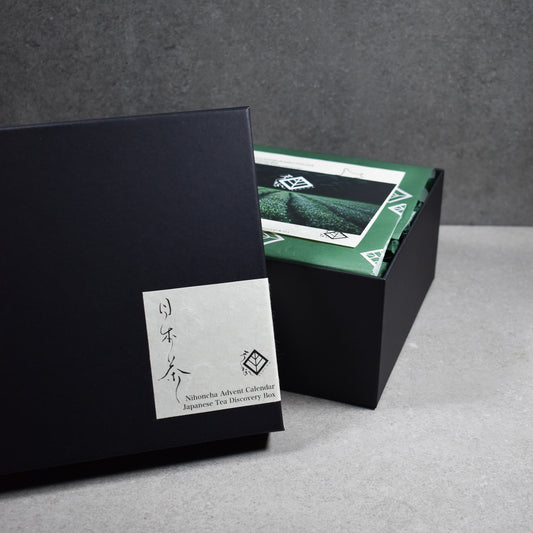 Sold out
Sold out2025 Japanese Tea Advent Calendar
Regular price £60.00 GBPRegular priceUnit price per
